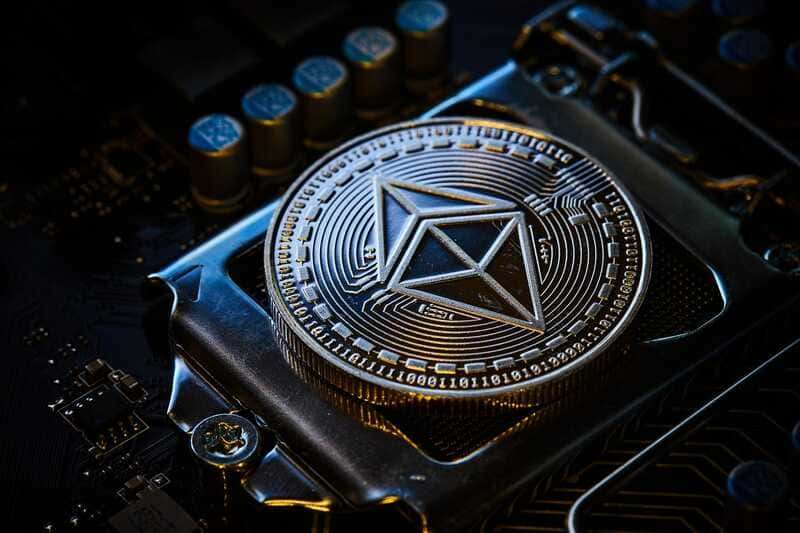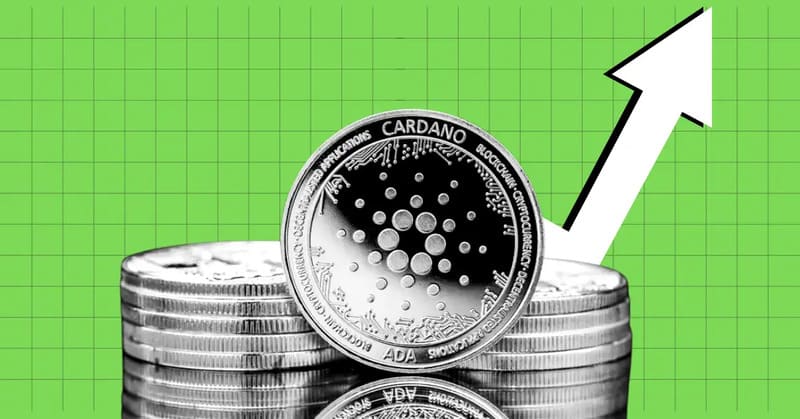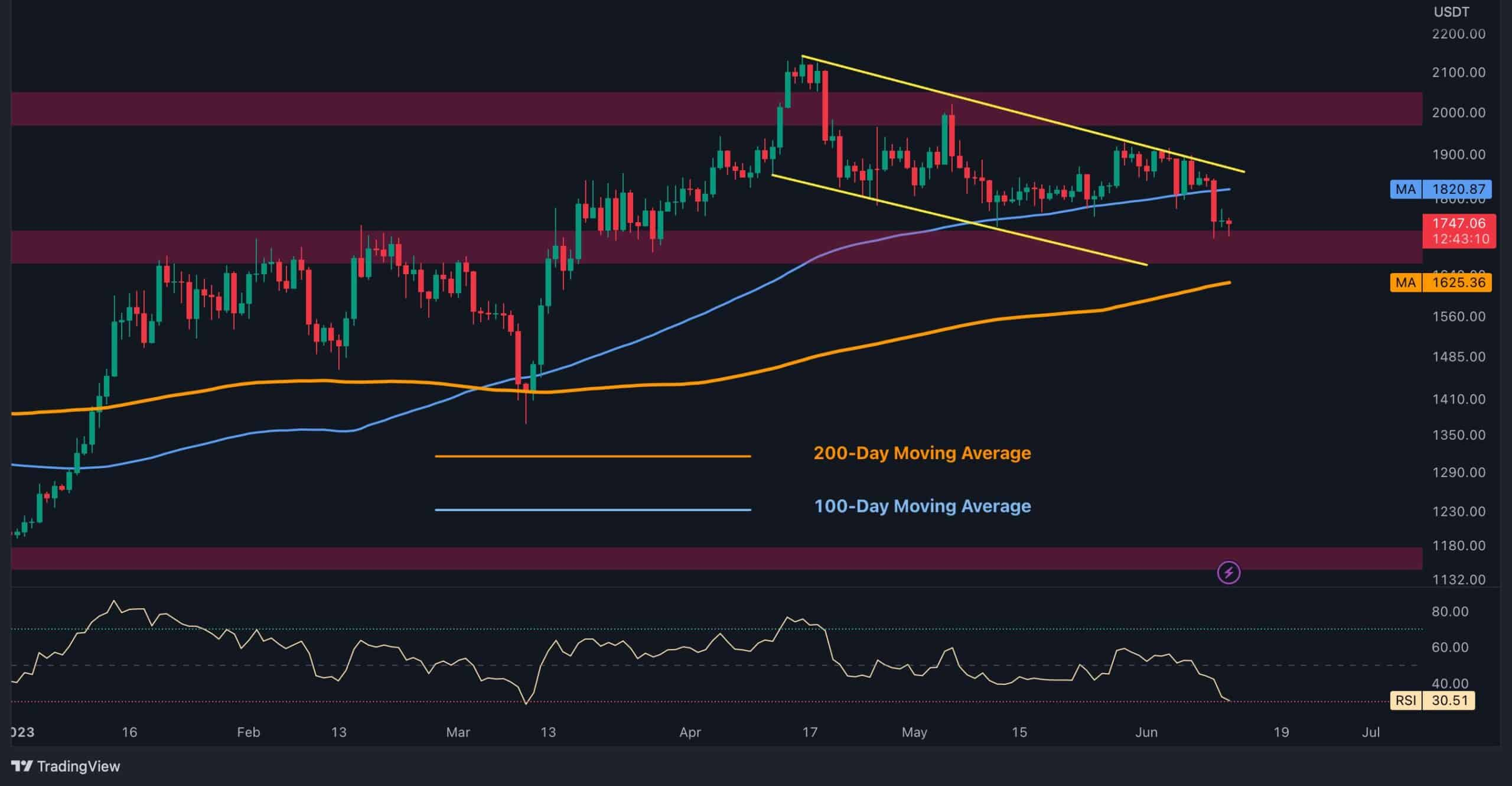
Ethereum Improvement Proposal (EIP) 1559, introduced as part of the London Hard Fork in August 2021, has been one of the most anticipated and significant updates in the Ethereum’s history. The proposal aimed to overhaul Ethereum’s transaction fee mechanism by implementing a more predictable and efficient fee structure. Before EIP-1559, Ethereum users had to compete in a market-driven auction system to get their transactions included in the block, leading to volatile gas prices and often unpredictable transaction costs. EIP-1559 sought to address these issues by introducing a new fee model that would ultimately impact gas fees, miner behavior, and the broader Ethereum ecosystem.
This post will examine the core components of EIP-1559, its impact on gas fees, and the broader implications for Ethereum’s market dynamics.
What is EIP-1559?
EIP-1559 is an upgrade to Ethereum’s transaction fee model that aims to improve the predictability and efficiency of the Ethereum network. The main features of the proposal are:
- Base Fee: A new fee mechanism that adjusts dynamically depending on network congestion. This base fee is burned (i.e., removed from circulation), which means that every transaction fee paid by users helps reduce the overall supply of Ether (ETH), introducing a deflationary aspect to the network.
- Tip (Priority Fee): In addition to the base fee, users can also include a “tip” or priority fee, which is paid to miners as an incentive to prioritize their transactions. This tip is optional but can be adjusted based on transaction urgency.
- Fee Burn Mechanism: The most significant change brought by EIP-1559 is the base fee burn mechanism. Unlike the previous model, where transaction fees went entirely to miners, a portion of every transaction fee is now burned, which reduces the total supply of ETH over time.
The goal of EIP-1559 was to make gas fees more predictable, reduce network congestion, and introduce a deflationary element to ETH’s monetary policy, thus making ETH more scarce over time.
Impact on Gas Fees: Predictability and Market Efficiency
One of the key objectives of EIP-1559 was to make gas fees more predictable for Ethereum users. Under the previous auction-based system, users had to guess the appropriate gas price to pay in order to get their transactions included in a block. This often led to high volatility in gas prices, especially during periods of network congestion, where users would outbid each other to get their transactions processed faster.
With EIP-1559, the introduction of the base fee has made gas prices more predictable. The base fee adjusts automatically based on the demand for transaction space in a block. When the network is congested, the base fee increases; when there is less demand, the base fee decreases. This dynamic adjustment aims to keep the network operating smoothly without the extreme spikes in transaction fees that were common under the old system.
Price Efficiency During High Demand Periods
Under the old system, during times of high demand, Ethereum users often faced exorbitantly high gas fees, as they competed to get their transactions included in the block. This meant that for regular users or smaller transactions, interacting with the Ethereum network could become prohibitively expensive.
With the base fee mechanism in place, the network adjusts fees to accommodate demand, and while the fees can still rise significantly during high demand periods, they tend to be more stable and predictable compared to the old auction system. This gives users more clarity and lessens the potential for overpaying.
Gas Fee Burn and Ethereum’s Deflationary Dynamics
Perhaps the most groundbreaking aspect of EIP-1559 is the introduction of the fee burn mechanism. The base fee that is paid by users for transactions is not distributed to miners, but instead is burned, effectively removing Ether from circulation. This creates a deflationary pressure on the overall supply of ETH, which could, in theory, lead to a reduction in ETH’s total supply over time.
The impact of the fee burn on Ethereum’s economics has been significant. Since the implementation of EIP-1559, millions of dollars worth of ETH have been burned. While the full extent of the deflationary effect is still to be seen, many believe that it will help mitigate inflationary pressures on the network and potentially make ETH a more valuable asset over the long term.
Impact on Miners: Shifting Incentives
Before EIP-1559, miners received 100% of the transaction fees, which were directly tied to the gas prices users were willing to pay. With the introduction of the base fee burn, miners now receive only the optional tips from users, reducing their overall revenue from transaction fees. This shift in incentives has led to a mixed reaction from the mining community.
Some miners have expressed concerns that the reduced fee revenue could make mining less profitable, especially during periods of low network demand when tips are minimal. On the other hand, others argue that the introduction of EIP-1559 creates a more sustainable network, which benefits all participants in the long term, including miners.
Ethereum’s Transition to Proof of Stake (PoS)
EIP-1559 was implemented as part of Ethereum’s broader transition to Proof of Stake (PoS) through the Ethereum 2.0 upgrade. While PoS is still in the process of being rolled out, the combination of EIP-1559 and the shift to PoS is expected to have profound effects on Ethereum’s security and economic model.
With the shift to PoS, the role of miners will be gradually replaced by validators who will secure the network by staking ETH. The deflationary pressure introduced by the fee burn mechanism could help offset the issuance of new ETH through staking rewards, which will be a key feature of Ethereum’s PoS system. This could lead to a more sustainable and balanced economic model for the network.
Long-Term Impact: Ethereum’s Scarcity and Market Sentiment
The combination of reduced ETH issuance through PoS and the ongoing burning of ETH through EIP-1559 has led many to believe that Ethereum could become a deflationary asset over time. The potential for Ethereum to become deflationary has sparked significant interest from both investors and users.
If Ethereum continues to burn more ETH than is issued through staking rewards, the total supply of ETH could shrink, making it more scarce and potentially more valuable. This deflationary aspect of Ethereum’s monetary policy has been compared to Bitcoin’s fixed supply, which has contributed to Bitcoin’s store-of-value narrative.
Challenges and Areas for Improvement
While EIP-1559 has been a positive change for Ethereum in many ways, there are still challenges to address. One issue is the volatility of gas prices, particularly during periods of extreme network congestion. Although the base fee model has made gas prices more predictable, spikes in demand can still lead to high transaction costs.
Additionally, there are ongoing concerns about the impact of EIP-1559 on miner incentives. While the shift to PoS may alleviate some of these concerns, it remains to be seen how the mining community will adapt in the coming months.
Conclusion
Ethereum’s EIP-1559 has brought significant changes to the way gas fees work on the network, making them more predictable, efficient, and aligned with the broader goal of reducing Ethereum’s supply. The deflationary effect of the fee burn has added a new economic dimension to Ethereum, potentially increasing its scarcity and value over time. While there are still challenges to be addressed, particularly regarding miner incentives and gas price volatility during peak demand, the long-term outlook for Ethereum is more stable and sustainable than before. EIP-1559 represents an important step in Ethereum’s evolution, and its effects will continue to shape the network’s future as it moves toward a fully proof-of-stake model.



